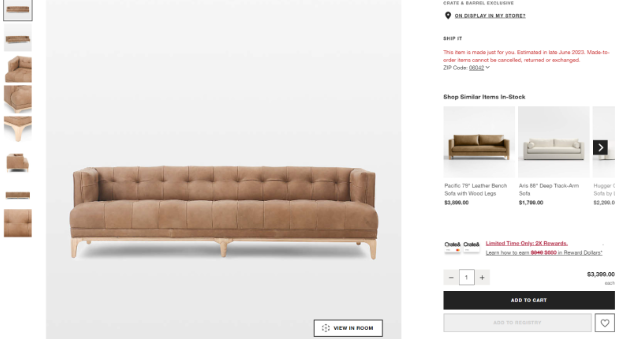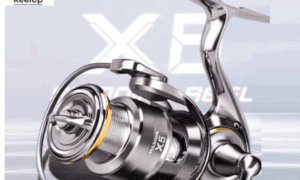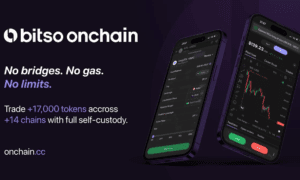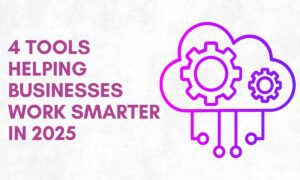Introduction: The Digital Shift in Property-Related Commerce
As real estate continues its digital evolution, consumers now expect the same customization, interactivity, and seamless purchasing experience in property-related services as they do in traditional retail. From selecting smart home features to customizing modular living units, the demand for tailored property experiences is on the rise. This is where the ecommerce product configurator steps in—a powerful tool enabling interactive, real-time customization of products and services in the real estate space.
What Is an Ecommerce Product Configurator?
An ecommerce product configurator is a digital interface that allows users to customize a product’s features—such as dimensions, materials, colors, or add-ons—before purchasing. While commonly associated with retail (e.g., customizing sneakers or laptops), the technology is now being widely adopted in PropTech, especially in areas like prefab housing, smart home installations, office furniture planning, and interior design services.
For example, a buyer can use a configurator to design a modular home by choosing layout, façade materials, energy options, and interior finishes—without needing to speak to a sales rep. These tools provide real-time 3D visualization, pricing updates, and feasibility checks, making complex configurations intuitive and user-friendly.
Applications in Real Estate and PropTech
The utility of ecommerce product configurators in real estate and PropTech is growing rapidly. Here are some of the most promising applications:
1. Modular Housing & Prefab Construction
Homebuyers and developers can customize floor plans, room sizes, exterior materials, and eco-friendly features using a configurator. Real-time pricing and engineering validation ensure a streamlined, error-free design-to-build process.
2. Smart Home Packages
Property developers can allow buyers or tenants to configure their own smart home systems—selecting everything from lighting and security to HVAC automation—via a branded configurator embedded in the sales platform.
3. Virtual Interior Design & Furniture Planning
Both commercial and residential clients can personalize interiors with configurable furnishings, color palettes, and spatial layouts. Integration with AR or 3D visualization tools helps users see exactly how their configured design will look in a physical space.
4. Property Upgrades and Add-On Services
Through configurators, tenants and buyers can select optional upgrades—like solar panels, landscaping, or home office conversions—during the purchase process, streamlining project customization and upselling.
Benefits for Real Estate Developers and Buyers
For Developers & Agents:
- Faster Sales Cycles: Reduce friction and speed up decision-making with transparent customization.
- Higher Margins: Configurable upgrades offer lucrative upsell opportunities.
- Operational Efficiency: Automated order handling, BOM (Bill of Materials) generation, and backend integration reduce manual workload.
- Brand Differentiation: Offering a tech-enhanced user experience positions your brand as innovative and customer-centric.
For Buyers & Tenants:
- Greater Transparency: Understand exactly what’s included, what’s optional, and how changes affect pricing.
- More Control: Buyers feel empowered to make decisions without pressure from sales teams.
- Reduced Risk: 3D previews and smart validation rules prevent incompatible or impractical configurations.
The Technology Behind Configurators
Ecommerce product configurators in PropTech are typically built using:
- 3D Visualization Engines (e.g., Three.js, Unity, Babylon.js)
- Rule-Based Logic Systems (to guide valid choices)
- CPQ (Configure Price Quote) Software
- API Integration with CRM, ERP, and ecommerce platforms
- WebAR or VR options for immersive experiences
These tools are cloud-hosted, mobile-optimized, and increasingly headless—making them suitable for modern, modular web applications.
Challenges and Considerations
While powerful, implementing a configurator in a PropTech context isn’t without complexity:
- High Setup Costs: 3D model creation and rule development can be resource-intensive.
- Data Accuracy: Real-time pricing and availability require up-to-date backend data.
- User Experience: Configurators must be intuitive across devices or risk user abandonment.
- Scalability: The system must handle growing product lines and integration demands.
Choosing the right technology partner or platform is essential for long-term success.
Conclusion: The Future of Customization in PropTech
As real estate moves deeper into the digital age, customization is no longer a premium—it’s an expectation. An ecommerce product configurator bridges the gap between user desire and product capability, delivering flexible, engaging, and scalable experiences for buyers and developers alike. For PropTech companies aiming to stay ahead, this tool is more than a sales asset—it’s a core component of digital transformation.

































